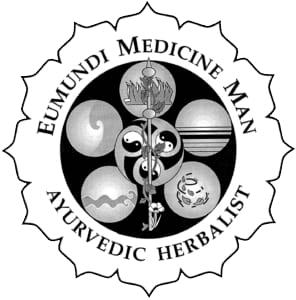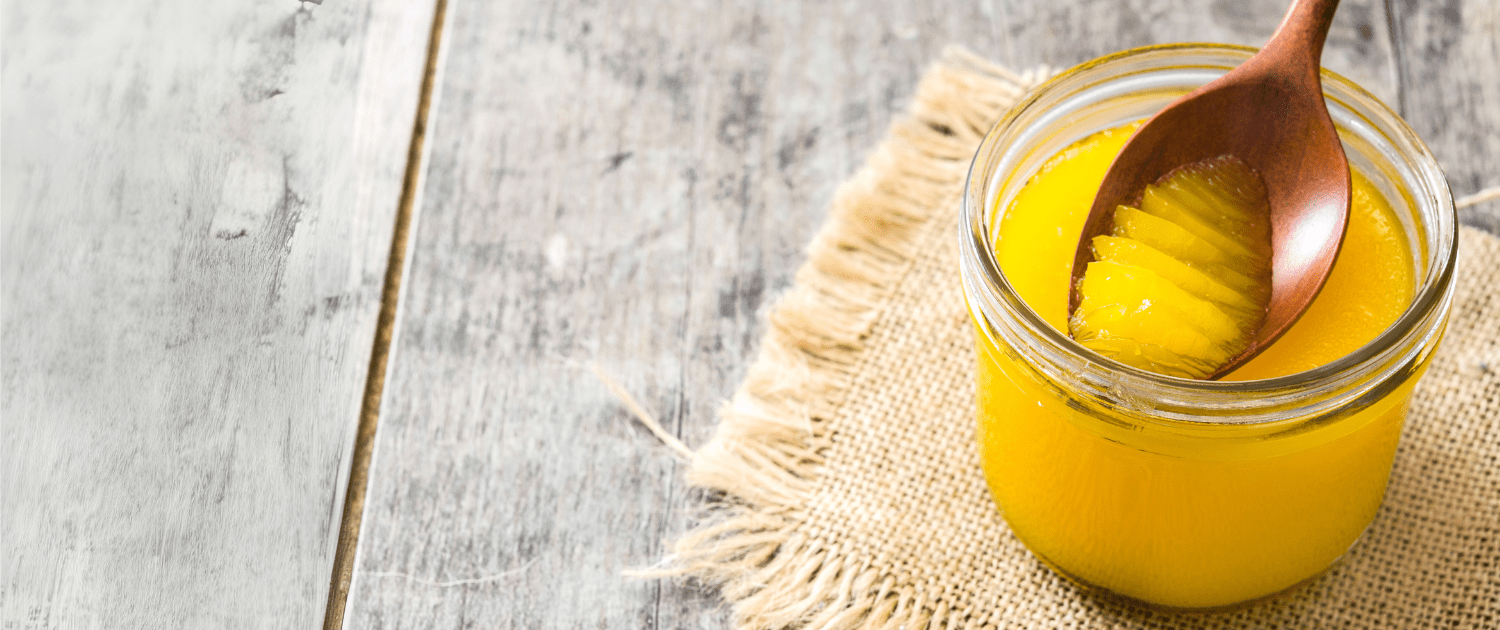The investigators concluded:
Butyrate and its derivatives may have potential application in the prevention and treatment of metabolic syndrome in humans.
New Research Clears the Air on Saturated Fats
Some poorly informed individuals believe Ghee is unhealthy because it is saturated, but recent sobering research has found no evidence that saturated fat found in meat, butter and cheese is associated with a greater risk of heart disease. ‘Cambridge and Harvard universities in 2014 analysed data from 72 studies with 600,000 participants and found no association between saturated fat consumption and heart attacks’.
Butyrate in Detail
Butyrate Suppresses Inflammation in the Gut and Other Tissues
In most animals, the highest concentration of butyrate is found in the gut. That’s because, Butyrate is produced by intestinal bacteria from carbohydrate that the host cannot digest such as cellulose and pectin (insoluble dietary fiber). The lining of the large intestine consumes butyrate as its primary source of energy. Butyrate feeds the bowel, and has a potent anti-inflammatory effect and therefore prevents the many diseases, which are due to chronic inflammation.
Butyrate supplements and butyrate enemas are used to treat inflammatory bowel diseases such as Crohn’s and ulcerative colitis. Some investigators are also suggesting that inflammatory bowel disorders may be caused or exacerbated by a deficiency of butyrate.
Butyrate, and other short-chain fatty acids, have a remarkable effect on intestinal permeability. In tissue culture and live rats, short-chain fatty acids cause a large and rapid increase in intestinal integrity of the mucous membranes. Butyrate, or dietary fiber, prevents the loss of intestinal permeability in rat models of ulcerative colitis. This shows that short-chain fatty acids, including butyrate, play an important role in the maintenance of gut barrier integrity. Impaired gut barrier integrity (leaky gut) is associated with many diseases, including fatty liver, heart failure and autoimmune diseases. The integrity of the gut mucosa plays a major part in jatharagni (digestion- metabolism) and the production and absorption of Ama (undigested material) Ama which permeates these damaged mucosa barriers is the underlying cause of most pathologies according to Ayurvedic understanding. In other words impaired gut barrier not only hampers jatharagni but also produces Ama.
Butyric from Butter The name of butyric acid comes from the Latin word for butter, butyrum (or buturum), the substance in which butyric acid was first found.
Butyric acids have been found to;
- Help digestion, maintain the integrity of the gastrointestinal mucosa
- Block the growth of bad bacteria in the gut and interfere with highly toxic bacteria
- Help the growth of beneficial bacteria like Bifidobacterium
- Aids loose bowel function and regulates abnormal bowel movements
- Adjust water and electrolyte concentration in the intestinal tract
- Lowers inflammation in the intestinal tract
- Increases insulin sensitivity
- Increases energy production and efficiency of energy utilization
- Supports healthy levels of both good and bad cholesterol
- Reduction in fatty tissue
- Reduction in hunger levels
- Boosts killer T cell activity
- Increases thermogenesis in the body
The Medha Connection – Fat and Intelligence are Inseparable
As mentioned in Ayurveda, Vedic knowledge handed down from the Aptas (Vedic authorities) is accepted as conclusive knowledge. Also further, knowledge derived from anuman inference with yukti sound reasoning is also accepted as knowledge. Modern science accepts only direct perception as the pramana (proven knowledge) and not Aptas or Anuman.
In Ayurveda medha dhatu refers to fat tissue as one of seven tissues of the body. Medha also refers to finer facilities, like intelligence. In other words, the Vedic word for intelligence and memory is the same word for fat. Also ancient classics eulogise ghee for its memory enhancing and brain feeding qualities.
Thus in Ayurveda, fat is understood as the underlying source of nutrition for the intelligence and memory.
Dementia is growing at such a rate that Dementia, including Alzheimer’s disease, was the second leading cause of death in Australian women in 2012, according to figures released by the Australian Bureau of Statistics 2104. Dementia remained the third leading cause of death among all Australians, behind heart disease and Cerebrovascular diseases, according to the report. More than 332,000 people have dementia in Australia currently.
A coincidence? In the 1950’s Butter factories close and margarine and hydrogenated oils become the household oil. Butter is considered a killer, as television and newspapers speak of the health qualities of the grey plastic sludge which when artificially coloured and flavoured became glorified as margarine. As the decades roll by dementia has become a pandemic.
Is this due to the fat tissue of the body reacting to manmade fats?
After all In 2006 it was projected 26.6 million people were afflicted with Alzheimer’s disease worldwide.
Purchase some Pure Ghee Today !



